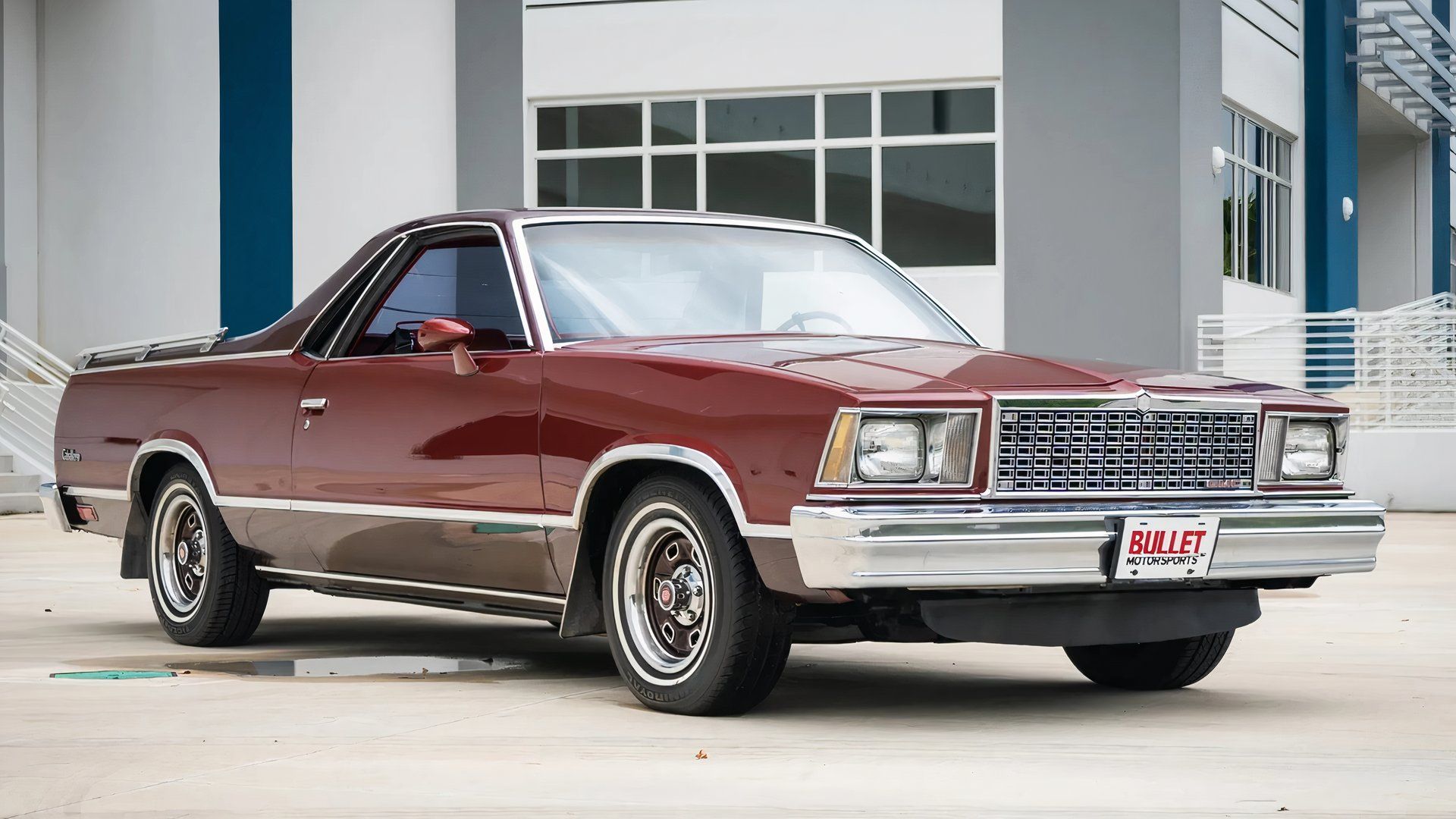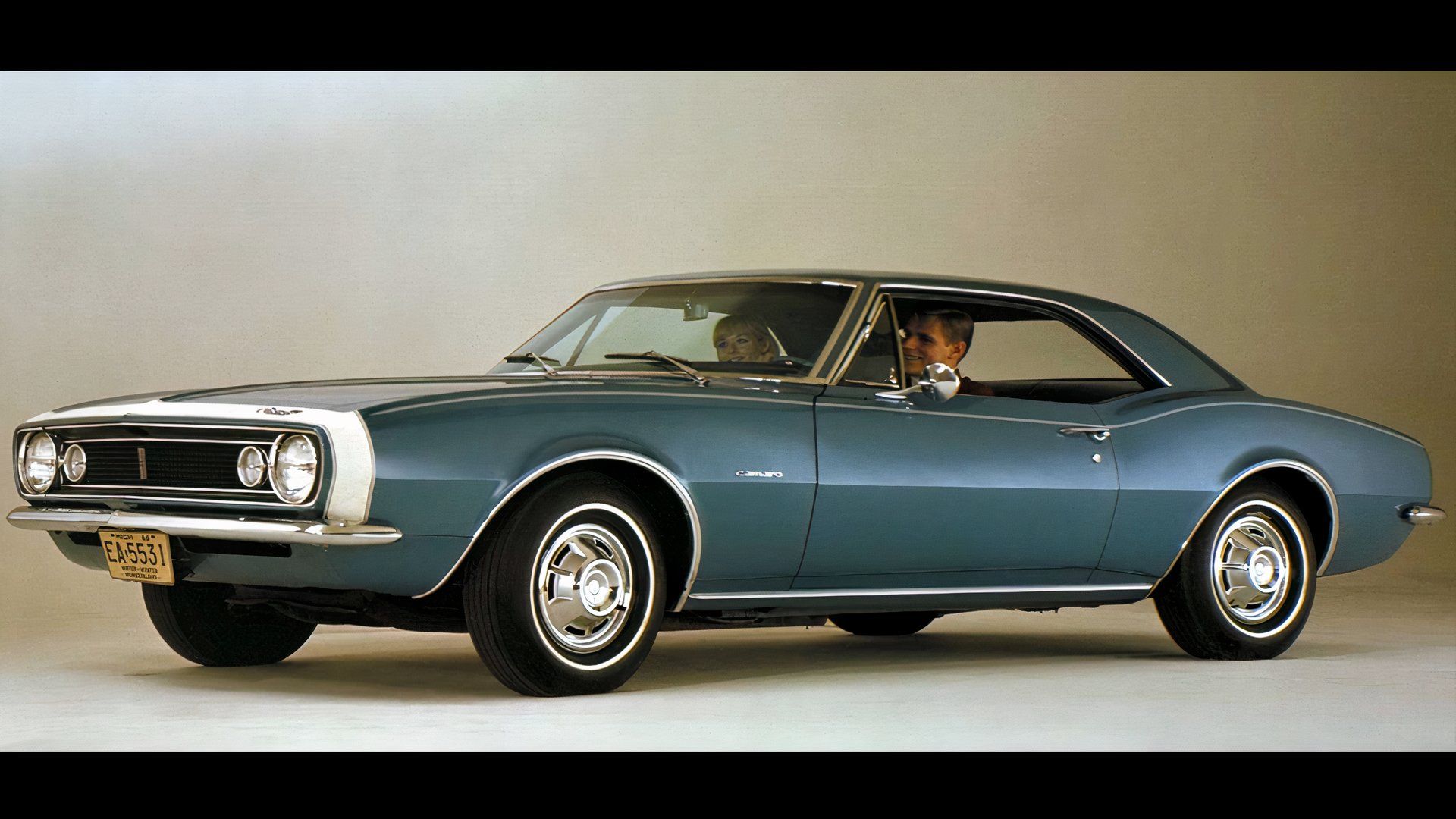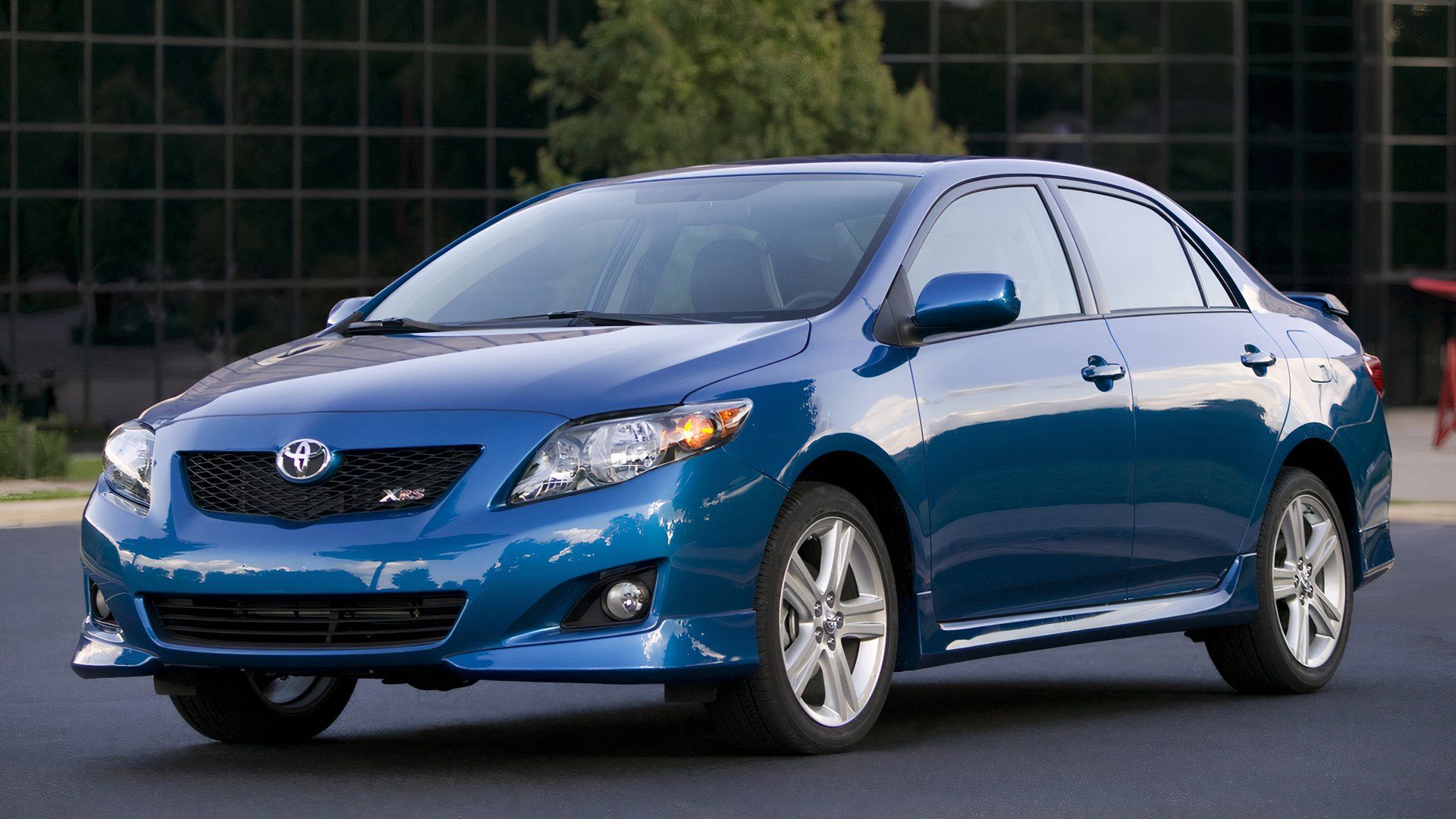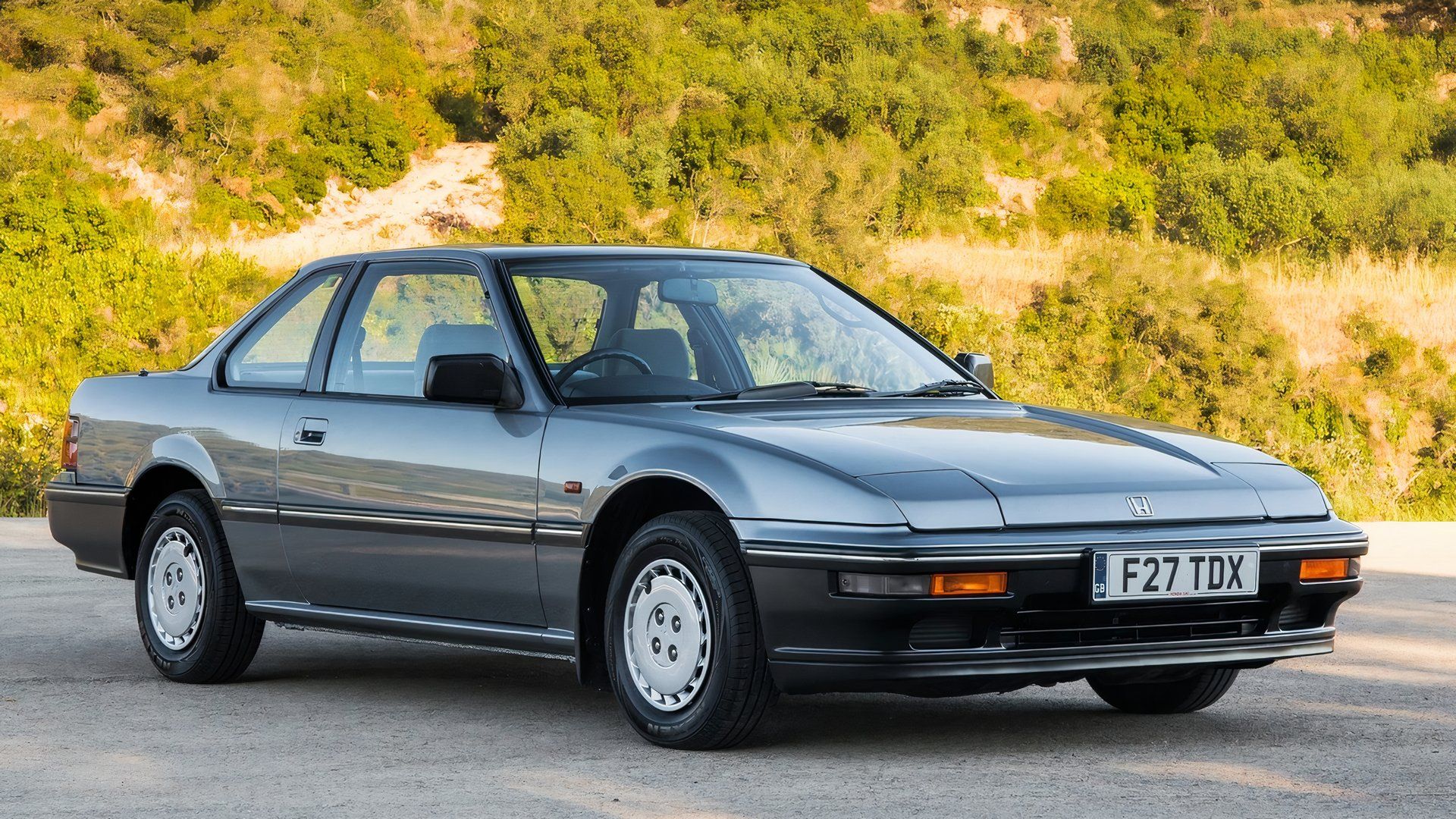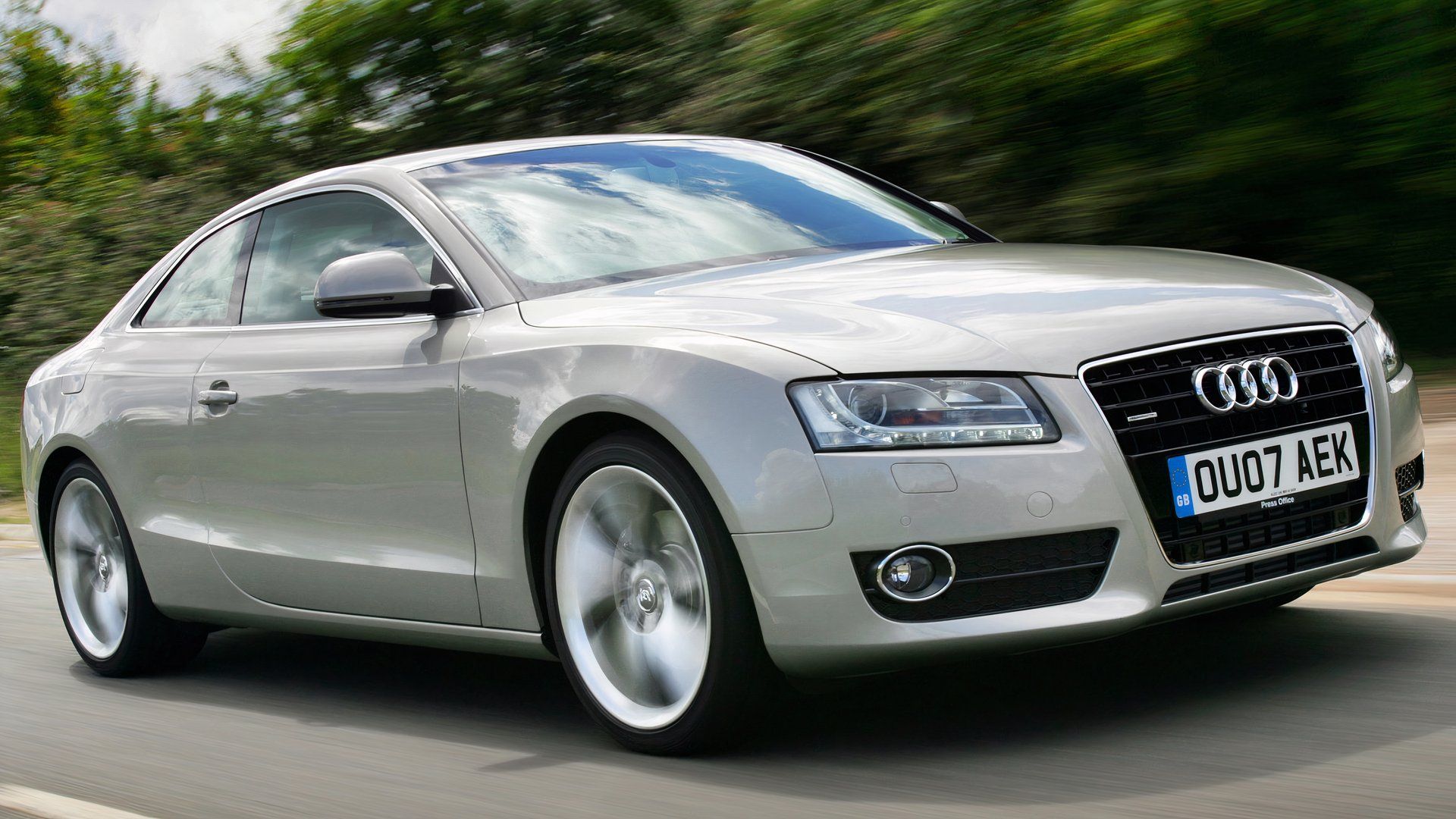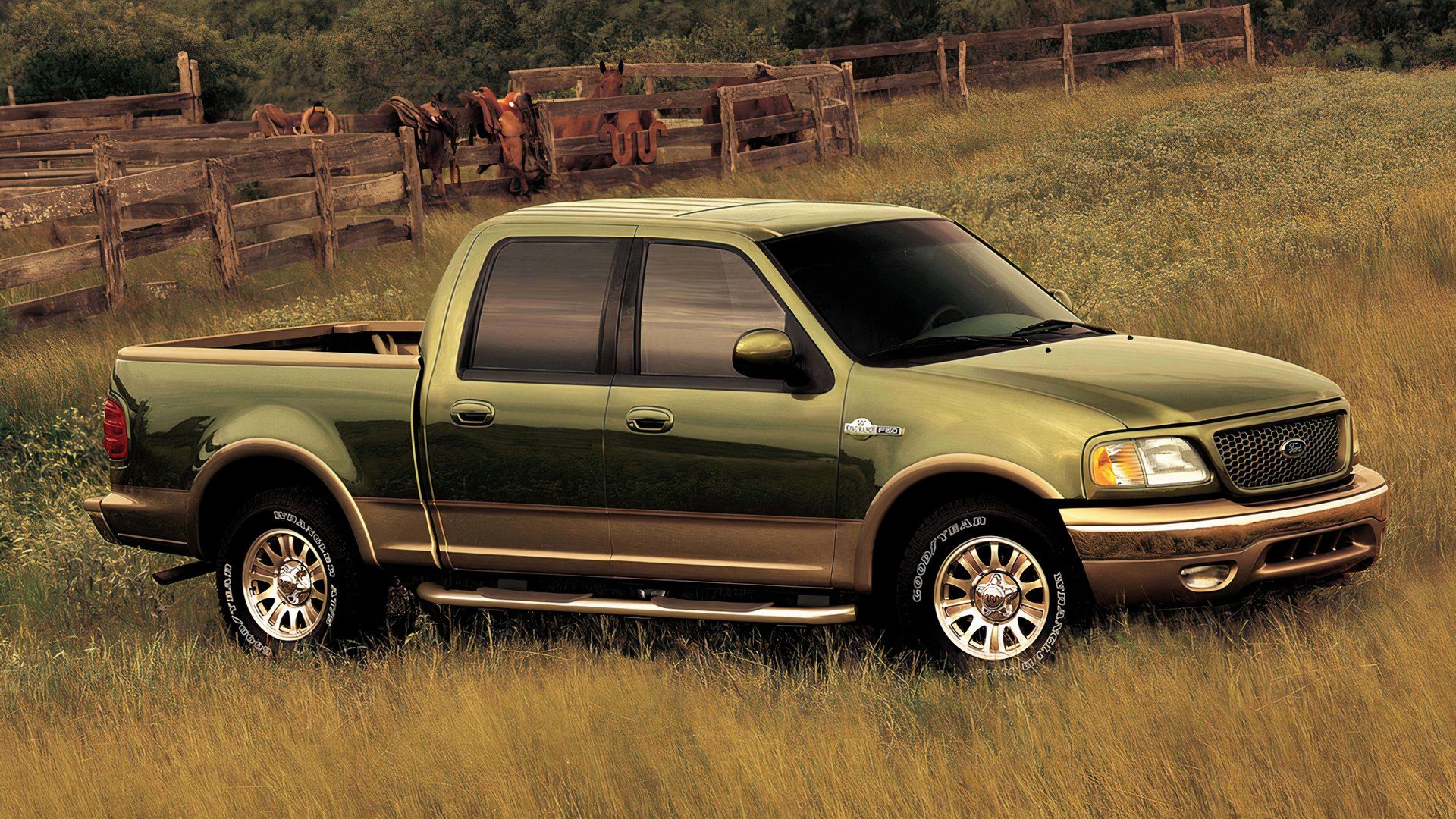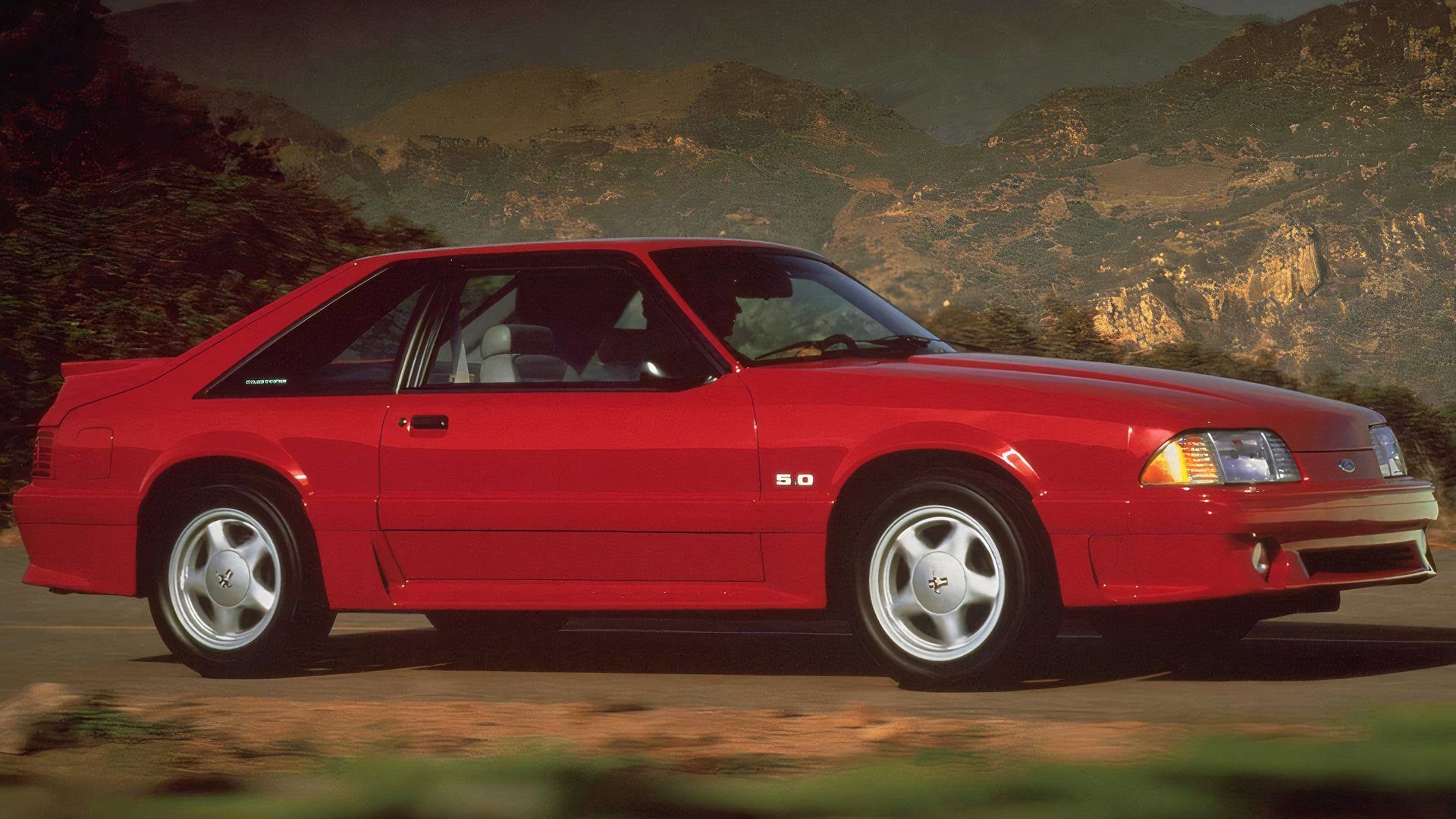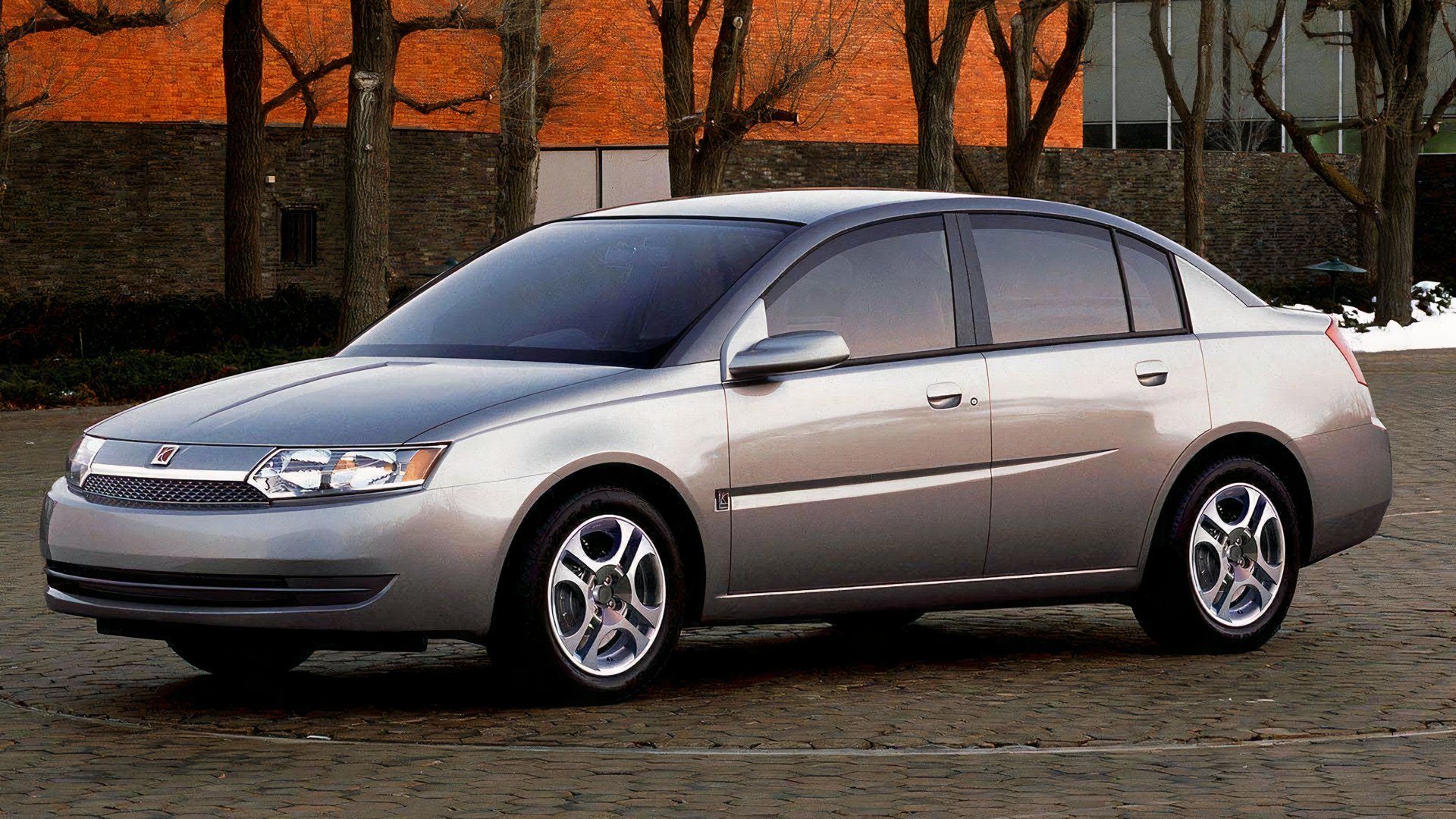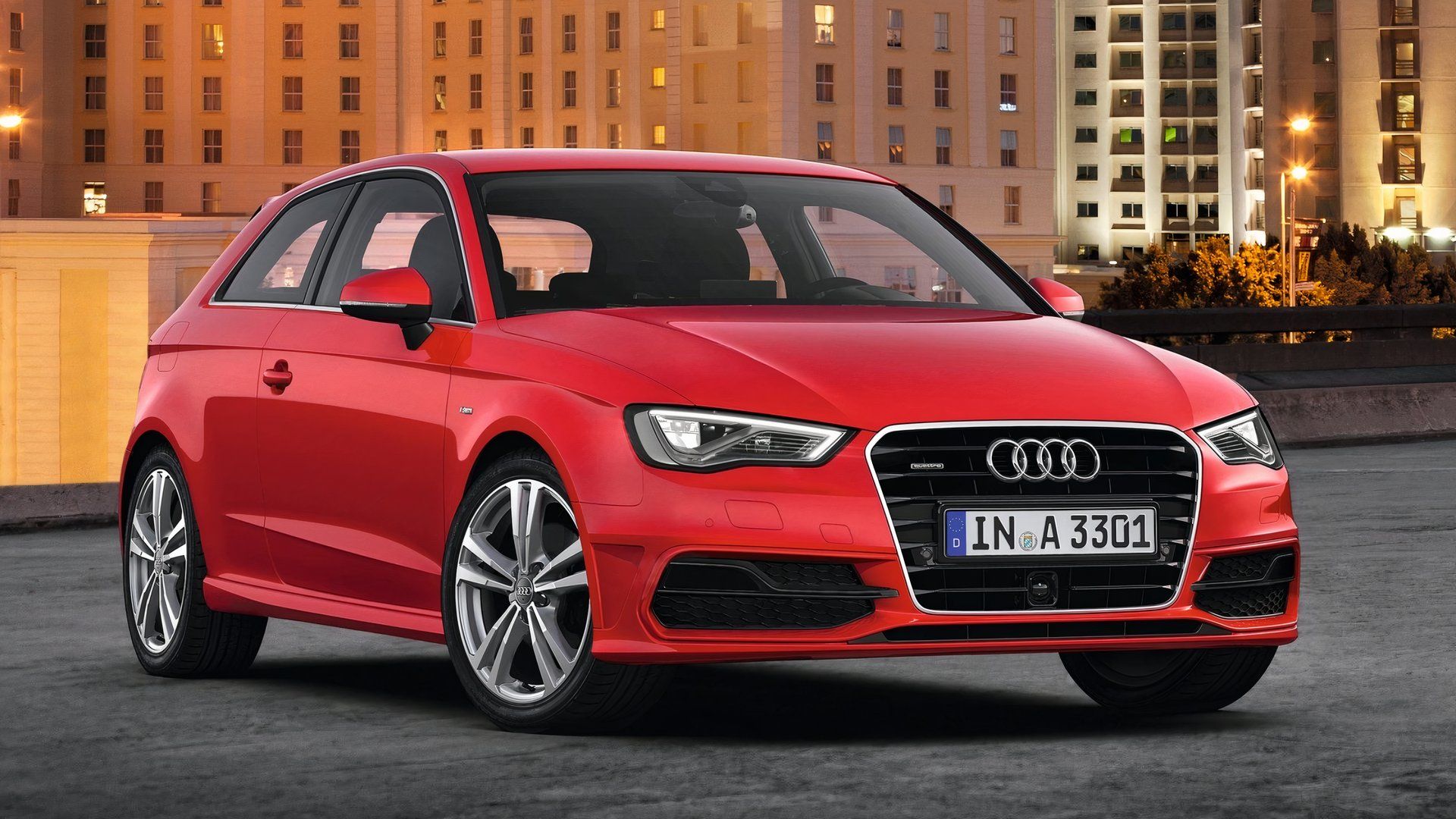
10 Biggest Recalls In Automotive History
The dreaded recall. The very word strikes fear into any carmaker, and is staunchly avoided at all costs. Nobody knows this better than Ford, which has had the most recalls three years running. The poor Ford Maverick has been recalled three times in 2024 alone. While this news may fuel the laughter from Chevy fans, Ford’s recent recalls pale in comparison to some of the largest in history, some of which have surpassed tens of millions of vehicles.
So, which recall was the largest, and how many vehicles were affected? Our list looks to reveal this, along with some other truly gigantic recalls throughout the automotive timeline.
Information used in the writing of this article was sourced from multiple locations, including NHTSA,gov and AutoWeek.com. Other information such as vehicle specs and features was taken from Automobile-Catalog.com
Related
The Most Ridiculous Car Recalls Ever
Spiders, the wrong shade of turn signal, passenger brakes, and more spiders.
9
General Motors Control Arm Recall: 6.4 Million Vehicles Affected
Recall Stats
- Recall initiated in 1981
- Concerns surrounded the possibility of bolts falling out of rear suspension components.
- Affected models spanned most of GM’s American subsidiaries.
We kick off this list with a recall over 40 years old. In 1981, General Motors was made aware of an issue surrounding the rear control arms of several models. The report stated bolts would rust and could fall out of the control arms, resulting in a loss of control and potential accidents. A total of 27 accidents and 22 injuries were confirmed to have been caused by this flaw.
Affected models included the 1979-1981 Chevrolet Malibu, 1979-1981 GMC Caballero, and 1981 Cadillac Seville. To fix the issue, General Motors recalled 6.4 million vehicles and replaced the bolts, and replaced broken or missing control arms if they were required.
8
Chevrolet Motor Mount Recall: 6.7 Million Vehicles Affected
Recall Stats
- Recall initiated in 1971
- Engine mounts would break free resulting in the motor rising up under load
- The recall extended to several Chevy models, and GMC trucks
One of the largest recalls in automotive history happened over 50 years ago. In 1971, General Motors announced they’d be recalling nearly 6.7 million vehicles due to faulty engine mounts. Initially, the Detroit automotive giant denied there was a problem. However, after much pestering, they eventually agreed to issue the recall.
Engine mounts keep the motor in place during operation. The General Motors-made engine mounts would degrade prematurely, resulting in the engine partially breaking free. This caused the engine to shift vigorously upward under load. An unintended consequence of this upward engine movement is the stretching of brake hoses, making it significantly harder to stop the vehicle.
Affected models included the 1967-1969 Chevy Camaro, 1965-1969 Chevy Nova, and 1965-1970 Chevy/GMC pickup trucks. To fix the issue, Chevrolet devised a cable that fastened the motor more securely to the vehicle’s frame. The cable worked, however, the motor mounts remained unchanged.
7
Toyota Window Switch Recall: 7.5 Million Vehicles Affected
Recall Stats
- Recall initiated in 2012
- Window switch panels could short-circuit and cause fires
- The window lock button was to blame
IIn 2012, Toyota received a citation from the NHTSA regarding fires starting inside the passenger compartment. The culprit was found to be the window lock button, used to prevent passengers from rolling their windows down from their own control panels. Over 160 fires were caused by the faulty switch, including eight injuries.
Toyota found the reason for the window lock switch fires was improperly applied dielectric grease, a conductive lubricant. This special grease is applied to electronics to prevent corrosion and degradation. However, in Toyota’s case, the grease job was improper, leading to corrosion and subsequent failure. A total of 7.5 million vehicles were recalled, including the 2007-2008 Yaris, 2007-2009 RAV4, and 2007-2009 Tundra. A simple fix of replacing the panel was undertaken.
6
Takata Seatbelt Recall: 8.5 Million Vehicles Affected
Recall Stats
- Recall initiated in 1995
- Affected seatbelt latches suffered from unintentional release and failure to latch
- 11 manufacturers employed the use of the affected Takata 52X and A7X seatbelt models.
One of the most fundamental pieces of car safety equipment is the seatbelt. The simple device has saved countless lives, and is even required to be worn at all times by law in many states and countries. In 1995, the Department of Transportation issued a recall to the Takata corporation, stating their 52X and A7X seatbelt latches failed in accidents, resulting in unintentional release, putting users in jeopardy. The seatbelts also failed to latch at times.

Related
Who Invented Seat Belts And When? From Concept To Essential Safety Feature
Discover the history of seat belts: from their invention through to becoming a life-saving necessity.
Just under 8.5 million vehicles were affected, with Japanese imports making up the bulk of the affected cars. Honda, Mitsubishi, and Daihatsu of America were the main brands to suffer, but General Motors, Ford, and Dodge suffered seatbelt failures, too. Most brands agreed to replace all affected seatbelts, although Ford did not admit the seatbelts were faulty, despite evidence to the contrary. However, Ford eventually agreed to replace seatbelts if they showed visible damage.

Add CarBuzz to your Google News feed.
5
Volkswagen Diesel Engine Recall: 11 Million Vehicles Affected
Recall Stats
- Recall initiated in 2016
- 1.6 and 2.0-liter VW TDI engine ECUs fitted with cheater software
- Dozens of affected models ranging from 2009-2015
One of the most widely-publicized recalls in history was Volkswagen’s TDI engine scandal, more commonly known as Dieselgate. In 2015, the EPA served the German automaker a Notice of Violation of the Clean Air Act, specifying their EA 189 engine family was under investigation. The EA 189 family includes the 1.6-liter and 2.0-liter TDI engines, which were installed in Volkswagens, Skodas, Audis, and various light commercial vehicles.
In total, 11 million vehicles were recalled by VW after it was found they were fitted with software which, in essence, fooled emissions tests by replicating a cleaner air signature. In reality, these engines were churning out emissions that were 40 times more polluting than legal. Initially, a recall wasn’t issued. However, after some legal and political involvement, Volkswagen was forced to recall all affected vehicles globally and have them retrofitted with the correct software, along with an intake manifold modification.
4
Ford Cruise Control Recall: 14.9 Million Vehicles Affected
Recall Stats
- Recalls initiated between 1999 and 2009
- Cruise control switch overheated and even caused fires in some cases
- Damage to the switched caused by brake fluid leaking past its seal, which caused corrosion and failure
The switch used vacuum as power and brake fluid, an essential automotive fluid, to activate the switch. Over time, brake fluid would dissolve the rubberized vacuum seal within the switch and cause the corrosive fluid to eat away at the electronics, resulting in a short-circuit.
Over the next 10 years, Ford recalled a total of 14.9 million vehicles equipped with this specific Texas Instruments-made cruise control switch. Several Ford models were affected, including Ford F-Series pickups, Ford Expeditions, and Lincoln Navigators. All affected models were produced between the model years of 1992 and 2004, and were subject to a cruise control switch replacement per NHTSA requirements.
Ford Transmission Gear Selector Recall: 20 Million Vehicles Affected
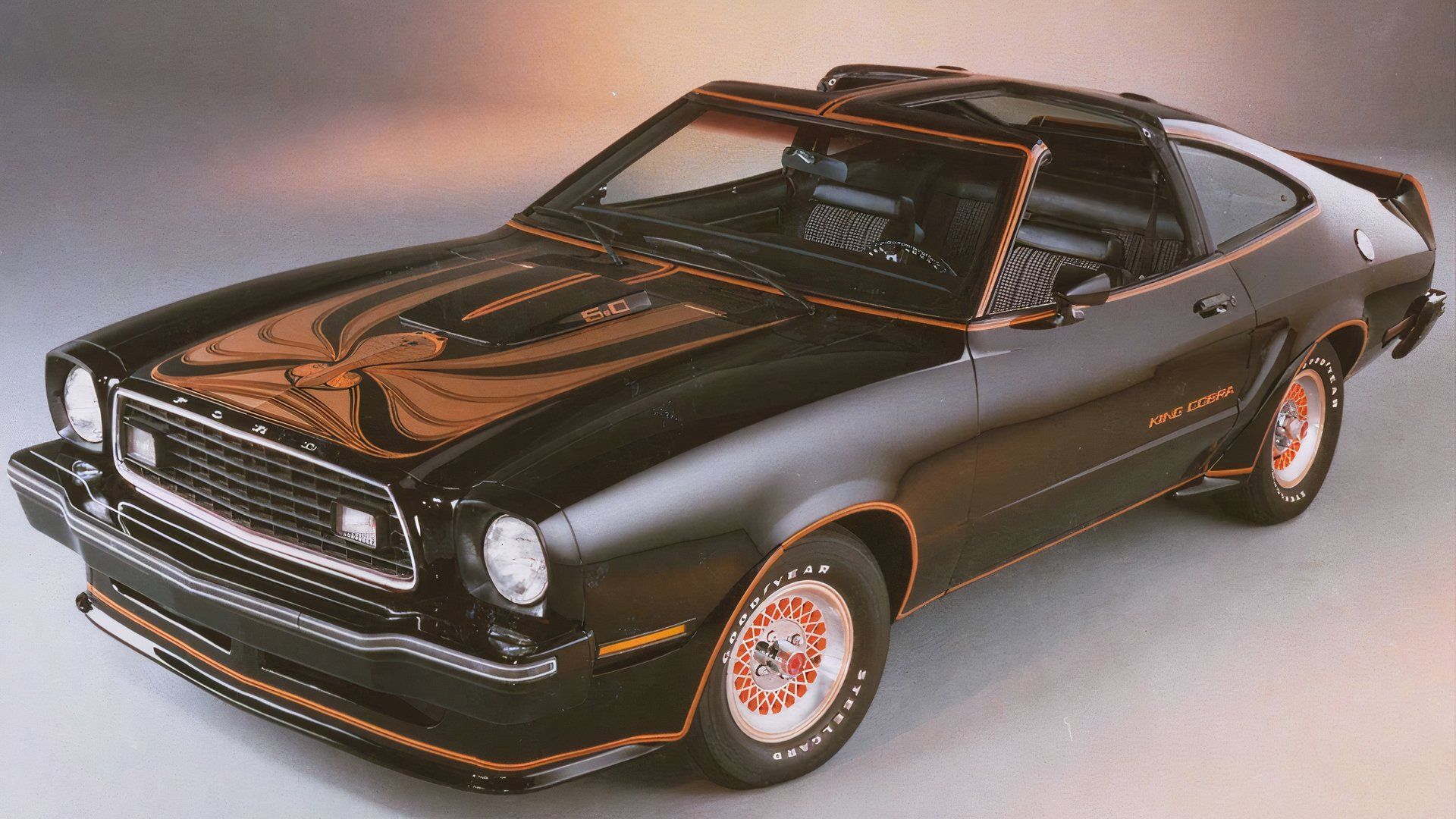
Recall Stats
- Initiated in 1981
- Affected virtually all Fords with an automatic transmission from 1970-1980
- The recall cited danger of the car coming out of park
Ford got away with a lot in 1981. The NHTSA made Ford aware of a major issue regarding their automatic transmission gear selector, which could move out of park without warning. The cause was a worn partition in the transmission separating the park and reverse gears, which meant if the car appeared to be in park, it could actually be in reverse.
Instead of spending precious profits on fixing these cars and making them safe, Ford decided to print millions of small labels and affix them to the dashboard of affected models, warning drivers to the possibility of the vehicle coming out of park unintentionally, and reminding them to double-check. Somehow, this was approved, and you’ll see many 1970–1980 Fords with this sticker on the dash.
3
Ford Ignition Switch Recall: 22.7 Million Vehicles Affected
Recall Stats
- Recall initiated in 1996
- Faulty ignition switches could cause vehicles to spontaneously combust
- Over 2,000 vehicle fires were reported due to the fault
Our third-largest recall ever was perpetrated by Ford. Ford was also responsible for the first recall in history, when Henry Ford was forced to recall his Model T’s due to the seats being stuffed with Spanish moss instead of cotton for padding, resulting in drivers suffering from chigger bites. So, it’s fitting they’d be responsible for a 22.7-million-wide recall in the mid-1990s. The recall centered around a faulty ignition switch, which could spontaneously combust even when turned off, resulting in over 2,000 confirmed vehicle fires and 28 injuries.
The recall took place in 1996, and targeted models produced from 1984-1993, but mainly models produced from 1988-1993. Almost all Ford models, except for the Ford Taurus, Mercury Sable, and the Ford Probe, were part of this recall. The bulk of the affected models were F-Series pickups, which dealt a major blow to the company. The NHTSA forced Ford to spend over $200 million recalling and repairing the faulty ignition switches.
2
General Motors Ignition Switch Recall: 30 Million Vehicles Affected
Recall Stats
- Recall initiated in 2014
- 124 deaths confirmed to have been caused by the affected ignition switch
- Faulty ignition switch can cause airbag and braking systems to fail
The second-largest recall in human history, and the largest single-manufacturer recall was caused by General Motors. In 2014, it was found that certain GM models were fitted with a faulty ignition switch, which caused critical systems such as airbags and brake assist to malfunction. This grave fault reportedly caused 124 confirmed deaths, and affected GM models such as the 2003-2007 Saturn Ion, 2005-2010 Chevy Cobalt, and the 2007-2010 Pontiac G5.
A total of 30 million vehicles were affected. When the total sum of fines, penalties, and repair costs are factored in, GM was forced to pay out about $4.1 billion in 2014 to rectify their mistake.
1
Takata Airbag Recall: 52 Million Vehicles Currently Affected
Recall Stats
- Over 67 million vehicles have been recalled since 2013
- 34 total car brands are affected, including Volkswagen, Honda, and Ford
- The recall is still ongoing
As it stands currently, airbag and other safety systems company Takata has been the recipient of the world’s largest automotive recall. Since 2013, over 67 million vehicles have been recalled due to a critical fault in the airbag’s design, which can cause metal shards to be propelled outwards when the airbag is deployed. As of last year, that number has been lowered to 52 million. However, this error has resulted in 26 confirmed deaths so far, with over 400 injuries specifically related to the airbag deployment reported, as well.
Because of the sheer size of this mistake, Takata had to spend a gigantic amount of money trying to rectify their error. The company spent so much money, in fact, they were forced to declare bankruptcy in 2017 after the total criminal fine surpassed $1 billion. This recall is still ongoing, and automakers are still begging customers to come in to swap their airbags.
Sources: AutoBlog.com, CHBLawFirm.com, AutoWeek.com, NHTSA.gov

